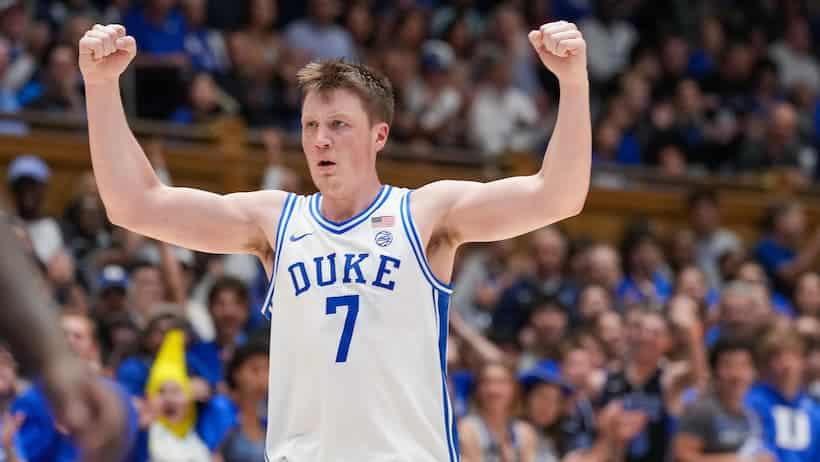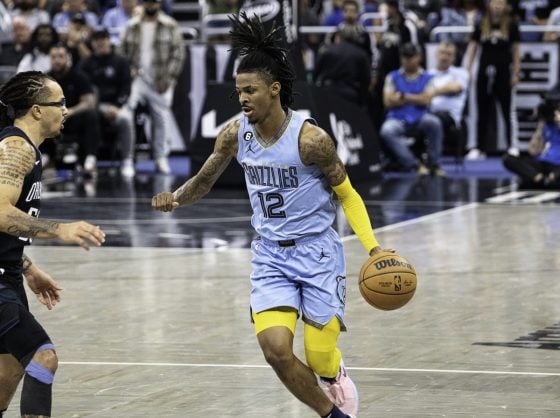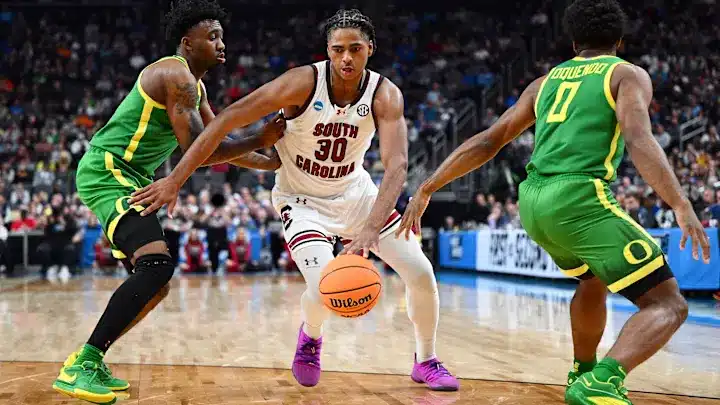Considering all that the Boston Celtics have been through over the past several years, it’s easy to forget that there was a point in time where Al Horford may have been the team’s most consequential player. Joining the Celtics from Atlanta in the summer of 2016, Horford was — at the time — the biggest free agent signing in franchise history, lending legitimacy to a scrappy young Celtics roster and signaling a new push towards contention after the end of the franchise’s “Big Three” era.
Horford is one of the league’s stalwarts. He now ranks as the seventh oldest player in the league, and of the players above him on that list, only LeBron James and Chris Paul were tasked with more responsibility this past season. Horford has never been the flashiest players, trading theatrics for all-around competency, and his consistency and versatility has led to winning at every stop. He’s missed the postseason just once in his NBA career, under circumstances — a tanking Oklahoma City squad who shut him down for playing too well — that hardly feel like they should even count.
Years later — a brief dalliance in Philadelphia notwithstanding — Horford is still here. It’s a different role for the now-37-year-old, fully transitioned from established star to aging vet, but in what will be his 17th NBA season, he remains a crucial cog in the Boston rotation.
On the page, this was a much more muted regular season for Horford. The box score stats didn’t offer much to feel excited about. He fell short of a double-digit scoring average (by a hair, 9.8 PPG) for the first time in his career, part of a career-low mark in nearly every per-game stat. This was by design. The Celtics scaled back Horford’s usage (a career-low 11.9%) and overall workload (he rested one game in almost every back-to-back) in a play to keep him healthy with the postseason in mind.
Paul Rutherford-USA TODAY Sports
That plan worked. Horford avoided bothersome injuries and excellent in his more limited role. On a Celtics’ roster loaded with skilled shooters, it was Horford who led the pack as a deep threat. He shot 44.6% from behind the three-point arc on the season, second-best in the entire NBA, and he did so on substantial volume, taking 5.2 attempts per game. There was a clear emphasis on floor spacing in Horford’s role this year — nearly 68% of his shot attempts in the regular season were threes — and he delivered on that responsibility with aplomb. His 61.3% true shooting percentage was far and away the best of his career.
That efficiency came without many high-percentage looks in the paint, too. The increase in three-point attempts came at the expense of touches inside the arc. His 2.4 two-point attempts per game was far and away the lowest rate of his career, nearly half as much as the career-low he set last season, and he attempted just 24 free throws all year. There’s a valid case to be made that easing Horford’s responsibilities in the interior is one of the team’s most direct ways of keeping his legs fresh, reducing the amount of physicality he has to contend with in the paint.
Horford’s defense remains a positive thanks to his strength and awareness, but his age is really starting to drain away his nimbleness. He can still survive on switches, but that particular skill may be on life support soon. With Grant Williams now suiting up for the Dallas Mavericks, the Celtics have lost some versatility in their frontcourt, and that’s an attribute that Horford — as well as newcomer Kristaps Porzingis — may not be readily able to replace. This is going to be a roster that depends more heavily on drop defense than it has in some time.
:no_upscale()/cdn.vox-cdn.com/uploads/chorus_asset/file/24817278/usa_today_20687487.jpg)
Paul Rutherford-USA TODAY Sports
“Playoff Al” has been a staple of this era of Boston basketball, with the big man reliably elevating his play in the postseason in each of the Celtics’ runs. This year, however, the wheels appeared to fall off somewhat. Defensively, Horford remained sturdy, particularly in the Philadelphia series. On the other end, though, Horford cratered; his .497 playoff true shooting percentage was his worst in Boston and second-worst of his NBA career.
Part of this is sheer shooting variance. Three-point shooting is always a bit unstable, and the deemphasis of his interior scoring game means fewer easy buckets, leading to fluctuation in efficiency. That translated to the team as a whole, as well, given their ever-increasing reliance on the three-pointer. Still, it was a lot of bricks, and it certainly contributed to the lows the Celtics experienced in the playoffs. You could make a case that this was the worst postseason of Horford’s NBA career.
So, what to take from all this? It’s not news to say that Horford is on the decline, and there are only so many more miles on the tank. Father Time comes for everyone, after all. At the same time, it’s clear Horford isn’t done yet. Both he and the Celtics are clearly committed to making his aging curve as smooth as possible, scaling back his game and and affording him extra rest in judicial fashion. Becoming a plus-plus three-point shooter has diversified his game, which already seemed likely to age well. If the jumpers continue to find the bottom of the net, there will be a few more years in him yet.
The acquisition of Kristaps Porzingis signals an awareness of Horford’s growing limitations on the part of the Celtics. Horford has provided a level of stability and versatility that few bigs in the league are capable of matching, and finding his successor has loomed over the franchise for years. Porzingis doesn’t replicate everything Horford brings to the table — he’s not the same kind of passer or physical presence — but he’s a step towards welcoming a future without their Dominican star.
That future isn’t here yet, though. Now playing on the eminently reasonable two-year, $19.5 million he signed last December, Al Horford will remain a crucial part of the Celtics’ rotation next season. The addition of Porzingis will help ease his load — it wouldn’t be a surprise to see him log less than 29 minutes per game for the first full regular season of his NBA career — but he’s still an integral presence on both ends of the floor and will factor heavily into the team’s push for a return to the NBA Finals. Horford remains the adult in the room for these Boston Celtics, and his experience and versatility will continue to be a valuable tool for as long as he intends to stick around.






